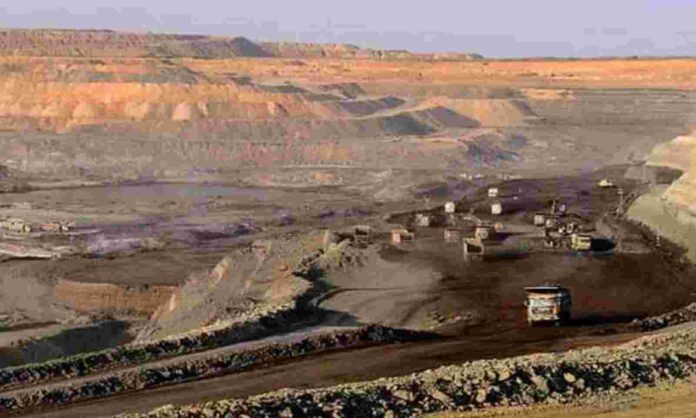Rare earth elements are 15 elements referred to as the lanthanide and Actinide series in the periodic table of element
Hyderabad: Scientists at the CSIR-National Geophysical Research Institute (NGRI) in Hyderabad have found the presence of Light Rare Earth Elements (REE), in Ananthapur district of Andhra Pradesh, a report in The Tribune, Chandigarh, says.
These elements are used as key components in many electronic devices and various industrial applications, including medical technology, aerospace and defence,
The Light Rare Earth Element minerals include Lanthanum, Cerium, Praseodymium, Neodymium, Yttrium, Hafnium, Tantalum, Niobium, Zirconium, and Scandium.
“We found strong anomalous (enriched) Light Rare Earth Elements (La, Ce, Pr, Nd, Y, Nb and Ta) in whole rock analyses, confirming the minerals hosting these REE,” senior principal scientist in NGRI Dr P V Sunder Raju told PTI.
Rare earth elements (REE) are 15 elements referred to as the lanthanide and Actinide series in the periodic table of elements, together with scandium and yttrium.
REEs are key components in many electronic devices we use daily (like cell phones) and various industrial applications, including medical technology, clean energy, aerospace, automotive and defence.
He said manufacturing permanent magnets is the largest and most important end use for REEs.
Permanent magnets are essential to modern electronics used in cell phones, televisions, computers, automobiles, wind turbines, jet aircraft and many other products.
Because of their luminescent and catalytic properties, REEs are widely used in high technology and “green” products.
“To reach net zero, Europe will require up to 26 times the amount of rare earth metals in 2050 compared to present demand. Demand is also increasing because of digitalisation,” he said.
REEs are key components in many electronic devices we use daily (like cell phones) and various industrial applications, including medical technology, clean energy, aerospace, automotive and defence.
The discovery of the REEs was part of a study funded by the Council of Scientific and Industrial Research (CSIR-India) under a project called SHORE (Shallow subsurface imaging Of India for Resource Exploration).
Sunder Raju said the scientists had a multi-disciplinary approach to the SHORE project.
“Under this project umbrella, our focussed objective was ‘Detailed understanding of RM (Rare Metals)-REE metallogeny, assessment of resources and identifying economically potential sites, especially from the carbonatite-syenite complexes of Andhra Pradesh’,” he said.
Following the discovery of the REEs, deep drilling for more than at least one km will ascertain the consistency of REE presence in depth, he added.
*********************************************************
Readers
These are extraordinary times. All of us have to rely on high-impact, trustworthy journalism. And this is especially true of the Indian Diaspora. Members of the Indian community overseas cannot be fed with inaccurate news.
Pravasi Samwad is a venture that has no shareholders. It is the result of an impassioned initiative of a handful of Indian journalists spread around the world. We have taken the small step forward with the pledge to provide news with accuracy, free from political and commercial influence. Our aim is to keep you, our readers, informed about developments at ‘home’ and across the world that affect you.
Please help us to keep our journalism independent and free.
In these difficult times, to run a news website requires finances. While every contribution, big or small, will makes a difference, we request our readers to put us in touch with advertisers worldwide. It will be a great help.
For more information: pravasisamwad00@gmail.com



